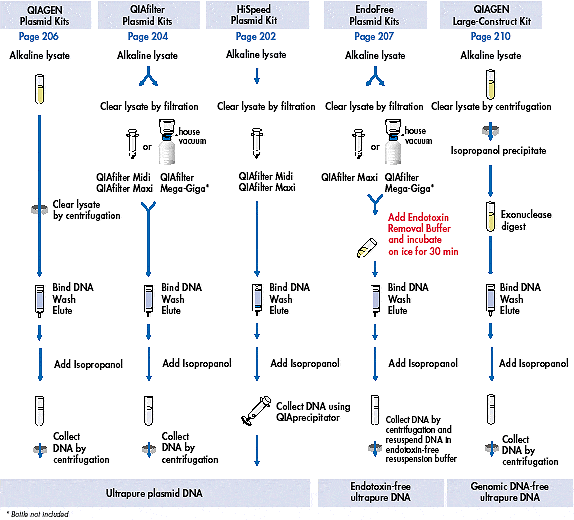Plasmid Purification
6/3/2014
JoVE Science Education Database. Basic Methods in Cellular and Molecular Biology. Plasmid Purification. Journal of Visualized Experiments, Cambridge, MA, doi: 10.3791/5062 (2014).
Overview
Plasmids are circular, extra chromosomal, DNA molecules and in molecular biology they act as carriers, or vectors, for a specific DNA fragment. Bacteria are used to replicate plasmids, so that your DNA of interest is mass-produced. The process by which researchers obtain plasmids from bacteria is called plasmid purification, which will be explained in this video.
Summary
Plasmid purification is a technique used to isolate and purify plasmid DNA from genomic DNA, proteins, ribosomes, and the bacterial cell wall. A plasmid is a small, circular, double-stranded DNA that is used as a carrier of specific DNA molecules. When introduced into a host organism via transformation, a plasmid will be replicated, creating numerous copies of the DNA fragment under study.
In this video, a step-by-step generalized procedure is described for how to perform plasmid purification. Plasmid purification includes three basic steps: growth of the bacterial culture, harvesting and lysis of the bacteria, and purification of the plasmid DNA. The video contains an explanation where the plasmid can be found in each step of the protocol and to quantitatively and qualitatively analyze plasmid DNA with a spectrophotometer and/or gel electrophoresis. There are different types of plasmid purification methods available, which are geared toward desired yield, plasmid copy number, and bacterial culture volume.






